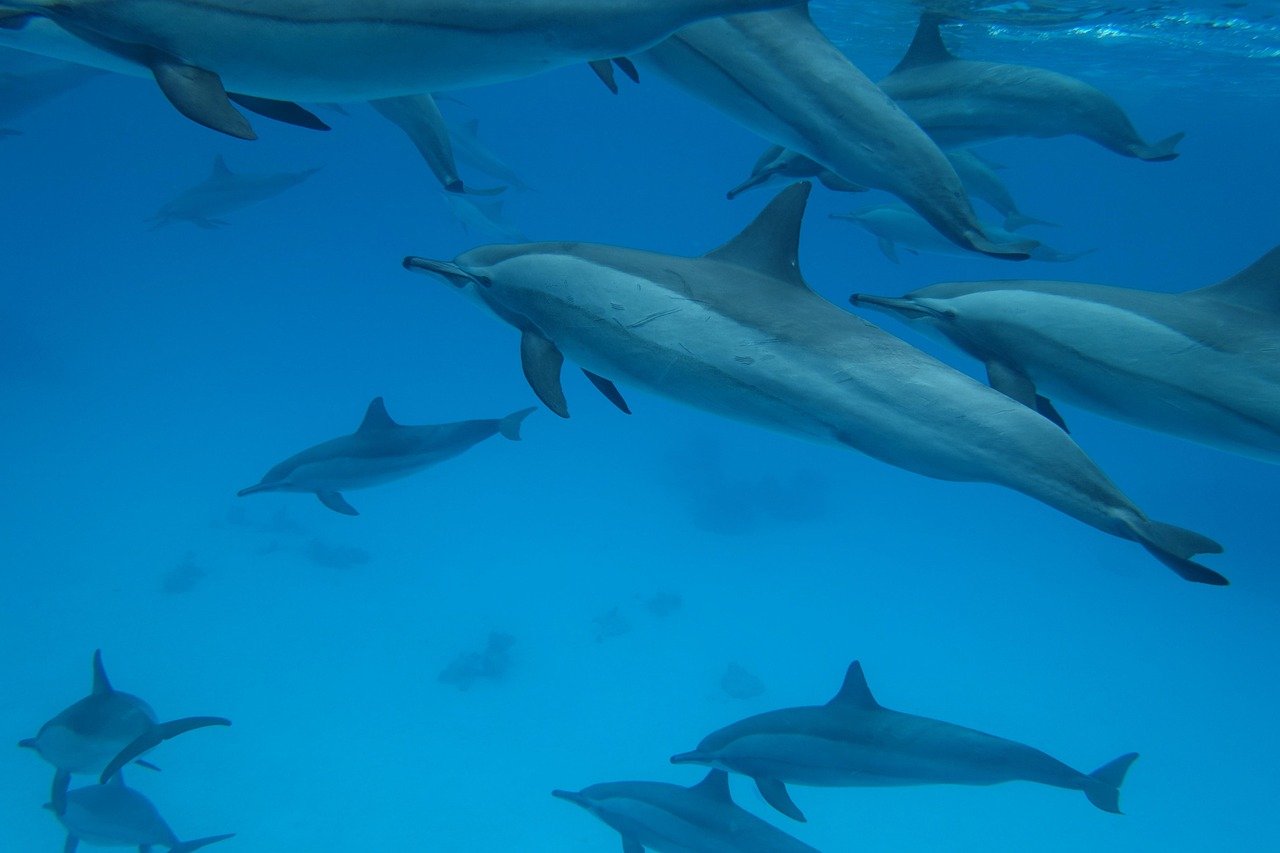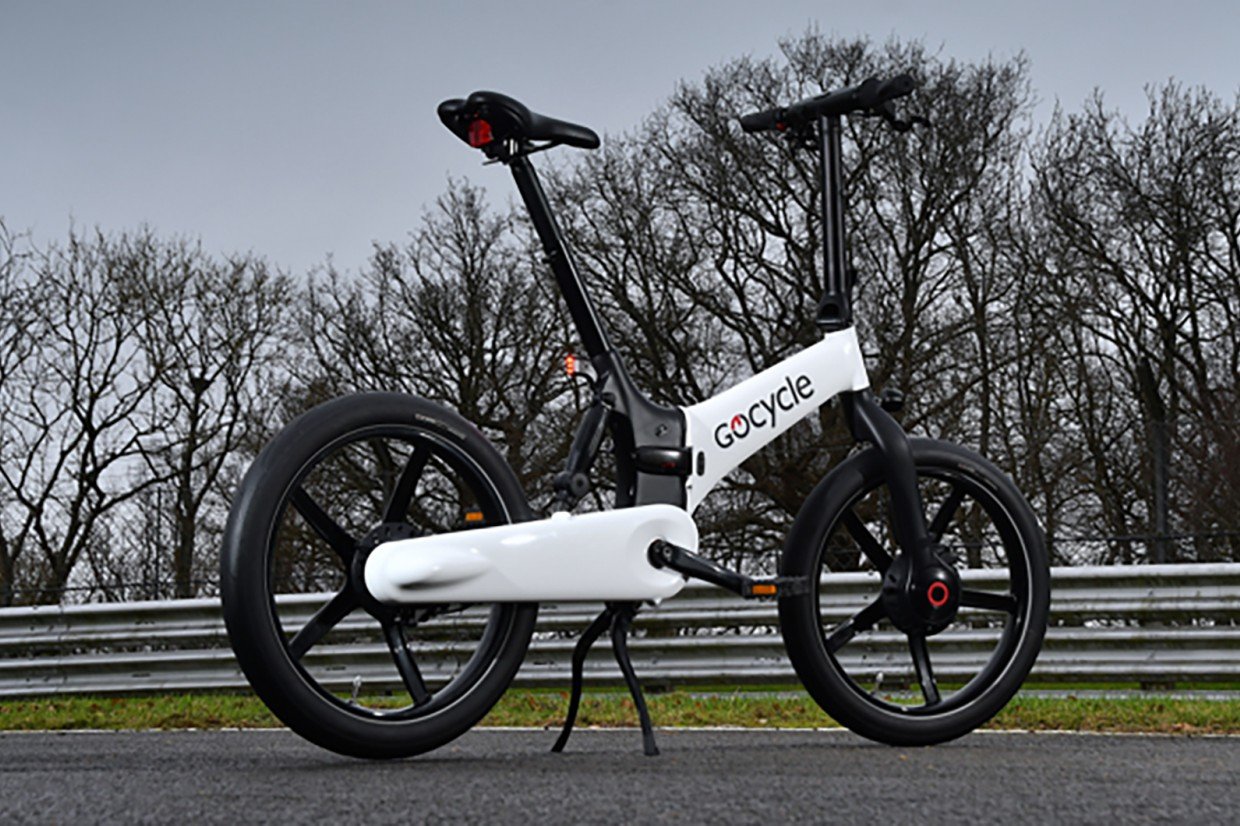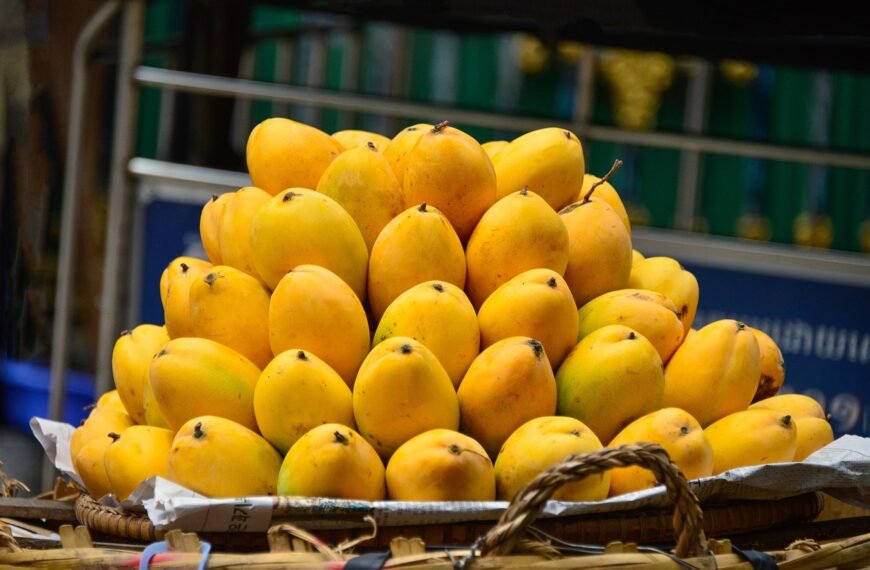A heartbreaking incident has unfolded on a remote beach in Tasmania, Australia, where over 150 dolphins have been found stranded. According to environment officials, at least 90 of them are still alive, but many have already died. The stranded dolphins belong to a lesser-known species called false killer whales, named for their skull’s resemblance to orcas.
Rescue teams and marine experts are working against time to save the surviving dolphins. However, due to their massive size—some weighing over one tonne—refloating them is a challenging task. Wildlife officer Brendon Clark stated that euthanasia may be considered to minimize suffering if necessary.
False killer whales are known for mass strandings, but this is the first time in 50 years that they have been stranded in this part of Tasmania. These highly social and migratory creatures are often found in deep waters, making it difficult to determine why they ended up on the beach. Scientists hope post-mortem examinations will provide answers.
The beach near the Arthur River inlet, where the incident occurred, is remote and difficult to access. This makes rescue operations even more complex, as transporting equipment and personnel is a major challenge. The environment department acknowledged that rough ocean conditions further complicate the rescue efforts.
False killer whales can grow up to six meters long and form large pods of 50 or more. While their global population remains uncertain, they are listed as “near threatened” by the Australian government. Experts worry that such mass strandings could have a significant impact on their numbers.
The cause of this tragic event remains unknown, but scientists continue to study the behavior of these mysterious dolphins to understand why mass strandings occur. As rescue efforts continue, the world watches in hope for the survival of the remaining dolphins.






















